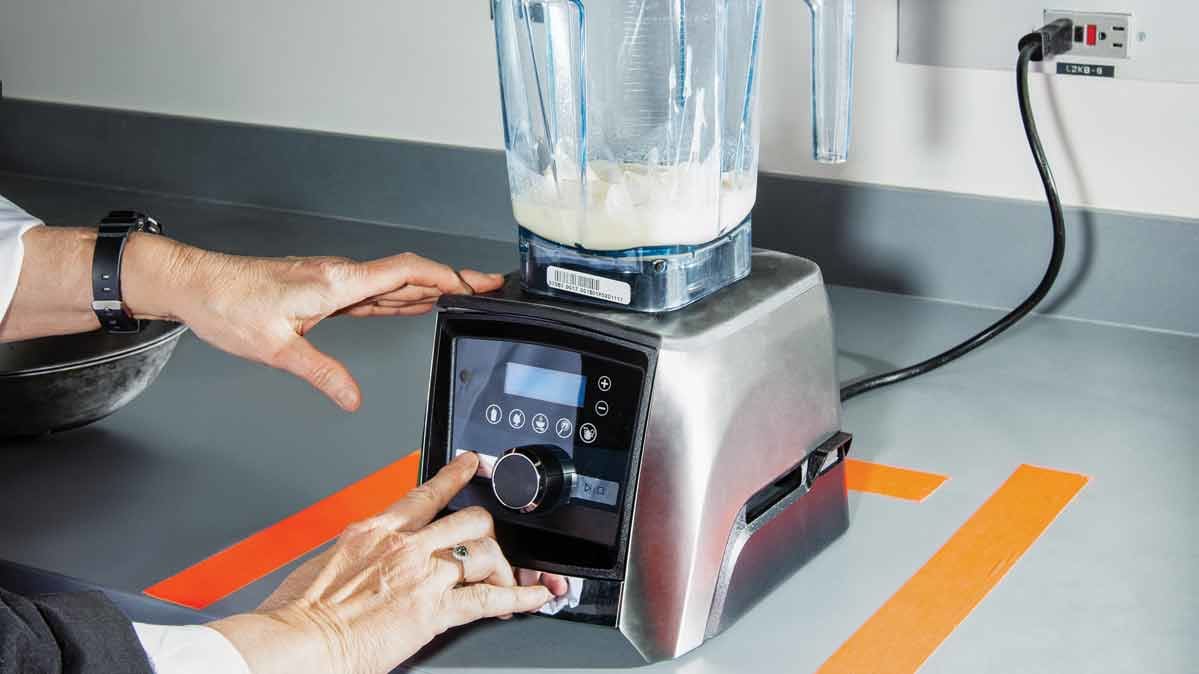A commercial blender is one of the most common appliances found in the kitchen. Sometimes called a liquidizer, this is a device that mixes food at high speeds in order to produce a liquid mass. Blenders are used for many different purposes such as to make purees out of vegetables like tomatoes, to emulsify liquids, or to crush ice to serve in mixed drinks and cocktails.
Usually blenders consist of a jug-like container with a removable lid, which is fixed on to an electrical mechanism. The jug has a series of blades protruding from the bottom. Depending on the make, these blades are generally constructed out of stainless steel. Recently a new type of commercial blender has appeared on the market - the hand held blender - which is a tube like device that has spinning blades on the tip of the tube. This blender is inserted into a bowl to get a similar effect. This is useful for mixing products like batter; however, it is usually not suitable for making purees or crushed ice.
A blender is not a food processor, and vice versa. Although these devices have many features in common, the main difference is that a food processor has many more functions and capabilities that enable it to shred, grate or slice different types of both soft and hard foods. On the other hand, a blender usually just mixes. There are many food processors which incorporate blender features into their design. As a result of this, blenders have dropped in popularity and subsequent production.
The commercial blender got a significant boost with the advent of the popular YouTube series "Will it Blend?" which featured many different items being blended on the Blendtec line of liquidizers. These items included whole chickens, iPhones, and marbles, and were usually reduced to powder. Other blenders have the ability to cook the products, as the speed at which the blades move produces enough heat to cook the item being blended.
Liquidizers vary in prices, depending on brands, features, as well as deals and discounts. Simple blenders with 30-50 ounce jars and two speed motors cost around $50-$100. These are fine for simple home usage; the more expensive models are usually used in bars and restaurants. These are high-performance models and usually have programmable modes, polycarbonate containers, are more durable and have noise reduction capabilities among others. However these can cost around $400 each.
Most home users prefer to spend less than this on a blender, but it should be advised that cheaper models can break down quicker with extensive use. A model which is both durable and cost friendly is usually the best, as opposed to one which can blend marbles.

No comments:
Post a Comment